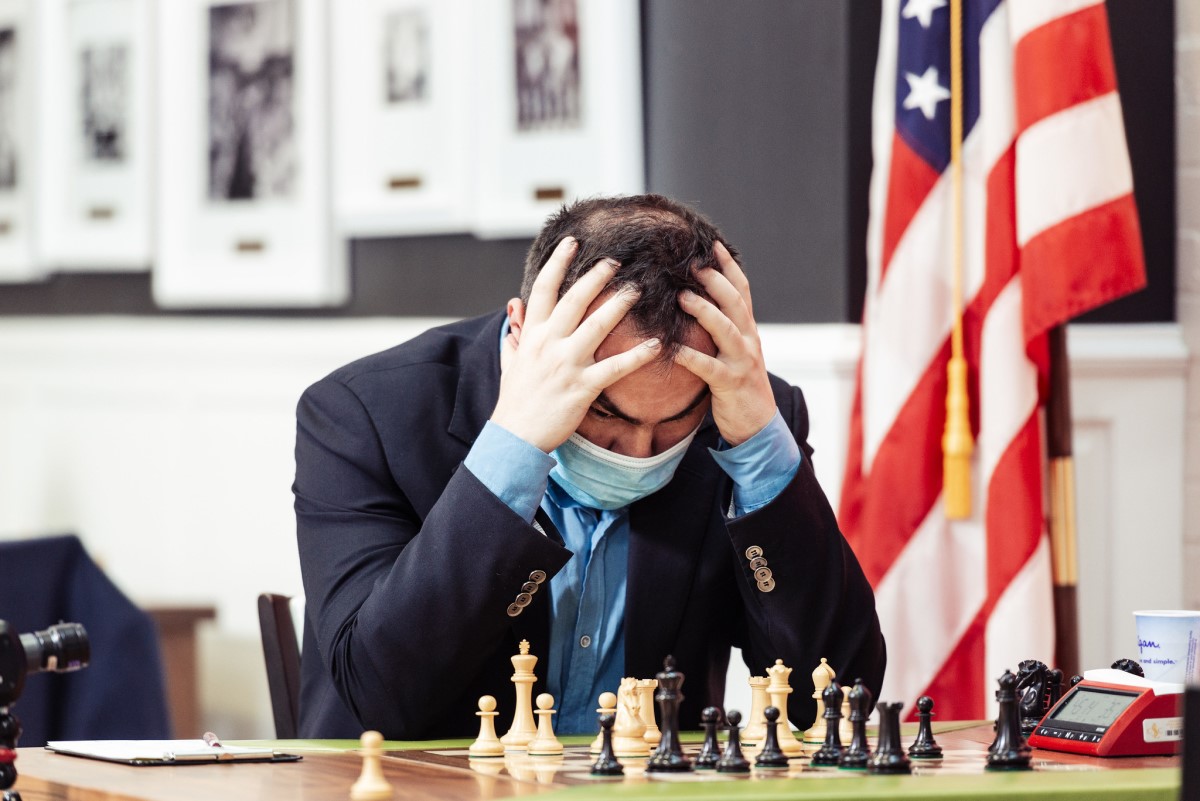White wins
Plenty of fighting chess has been seen in the first three rounds of the Sinquefield Cup, with three players emerging as co-leaders on 2½/3. On Thursday, right after beating Sam Shankland with the white pieces, Maxime Vachier-Lagrave was asked to explain the reasons behind the “explosive games and big scores” (Maurice Ashley) in the event, to which the Frenchman responded by referring to the fact that most of the participants are excellently prepared after having played in the World Cup.
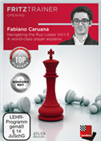 The Ruy Lopez is one of the oldest openings which continues to enjoy high popularity from club level to the absolute world top. In this video series, American super GM Fabiano Caruana, talking to IM Oliver Reeh, presents a complete repertoire for White.
The Ruy Lopez is one of the oldest openings which continues to enjoy high popularity from club level to the absolute world top. In this video series, American super GM Fabiano Caruana, talking to IM Oliver Reeh, presents a complete repertoire for White.And he has a point, as all but two of the ten contenders played at the recent massive event in Sochi — except for Wesley So and Dariusz Swiercz. Such an important tournament motivates players to find challenging continuations in plenty of systems, some of which they might have been saving for an important encounter in the knockout competition. Now that the pressure has been lifted, they are free to use their novel ideas whenever they get a chance — especially in a tournament as prestigious as the Sinquefield Cup.
In round 3, four games ended decisively, with Vachier-Lagrave, So, Fabiano Caruana and Shakhriyar Mamedyarov scoring full points with the white pieces.

Jeffery Xiong and Leinier Dominguez signed the one draw of the day — both American representatives played in the World Cup | Photo: Lennart Ootes
Caruana inflicted Swiercz’s third loss of the event by energetically pushing his central and kingside pawns out of an Open Sicilian.
The world number 2 was critical of his opponent’s 21...Nb6, as it allowed him to get a massive initiative by pushing his strong pawn phalanx — 22.g4 d5 23.g5 Be7 24.f5
24...exf5 25.Bf4 Bd6 26.Bxd6 Qxd6 27.exd5, and White has a strong hold on the position with his solid central structure and potential piece play on the kingside.
Black spent two tempi re-routing his misplaced knight — 27...Nd7 28.Bg2 Bc8 29.Nf4 Ne5
Now Caruana found the forcing 30.b4, getting two strong connected passers after 30...cxb4 31.c5. Swiercz tried to muddy the waters from this point on, but Caruana did not falter and converted his advantage into a 47-move victory.

In control — Fabiano Caruana | Photo: Lennart Ootes
Just after his impressive win, Caruana was being interviewed by commentators Maurice Ashley and Yasser Seirawan. The Italo-American was shown the following position from the game Vachier-Lagrave vs Shankland.
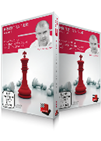 These DVDs are about Understanding Middlegame Strategies. In the first DVD dynamic decisions involving pawns are discussed. The second DVD deals with decision making process concerning practical play.
These DVDs are about Understanding Middlegame Strategies. In the first DVD dynamic decisions involving pawns are discussed. The second DVD deals with decision making process concerning practical play.
Everybody agreed that Shankland’s 30...Nd6 was not accurate, as White gets to play 31.Ne4 and Black would be lost after exchanging the knights. Remarkably, though, by this point the commentators thought that Black was all but lost, while Caruana correctly assessed that the position was close to balanced, albeit extremely difficult to play for Black.
And, indeed, Shankland faltered on the very next move — he went for 31...Ke7 instead of 31...Ne8, the only good move for Black. From that point on, MVL was ruthless, calculating long lines in the ensuing pawn endgames (and potential queen endgames) to punish his rival’s mistake and get his second win of the tournament.
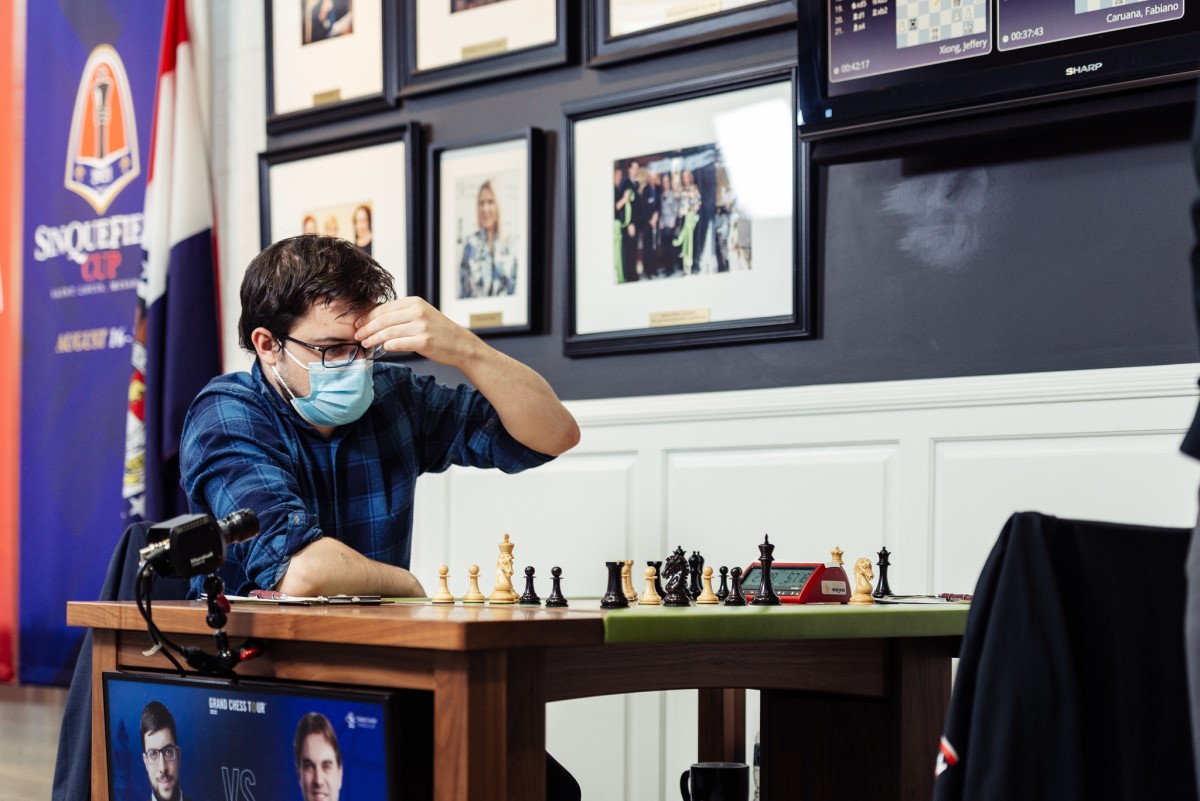
A deep calculator — Maxime Vachier-Lagrave | Photo: Crystal Fuller
All the winners of the day were interviewed by the commentary team, and the first three players who visited the studio were befuddled by the incredibly dynamic, time-trouble fuelled battle between Mamedyarov and Richard Rapport.
After surviving in a razor-sharp struggle for a number of moves while playing mostly on increment alone, Rapport erred decisively on move 40.
40...f6 was too much of a concession. Once time trouble had passed, Mamedyarov calmly calculated how to take advantage of his opponent’s error. In typical style, the Azerbaijani showcased excellent tactical awareness to secure his first win of the event after having drawn his first two games, both played with black.
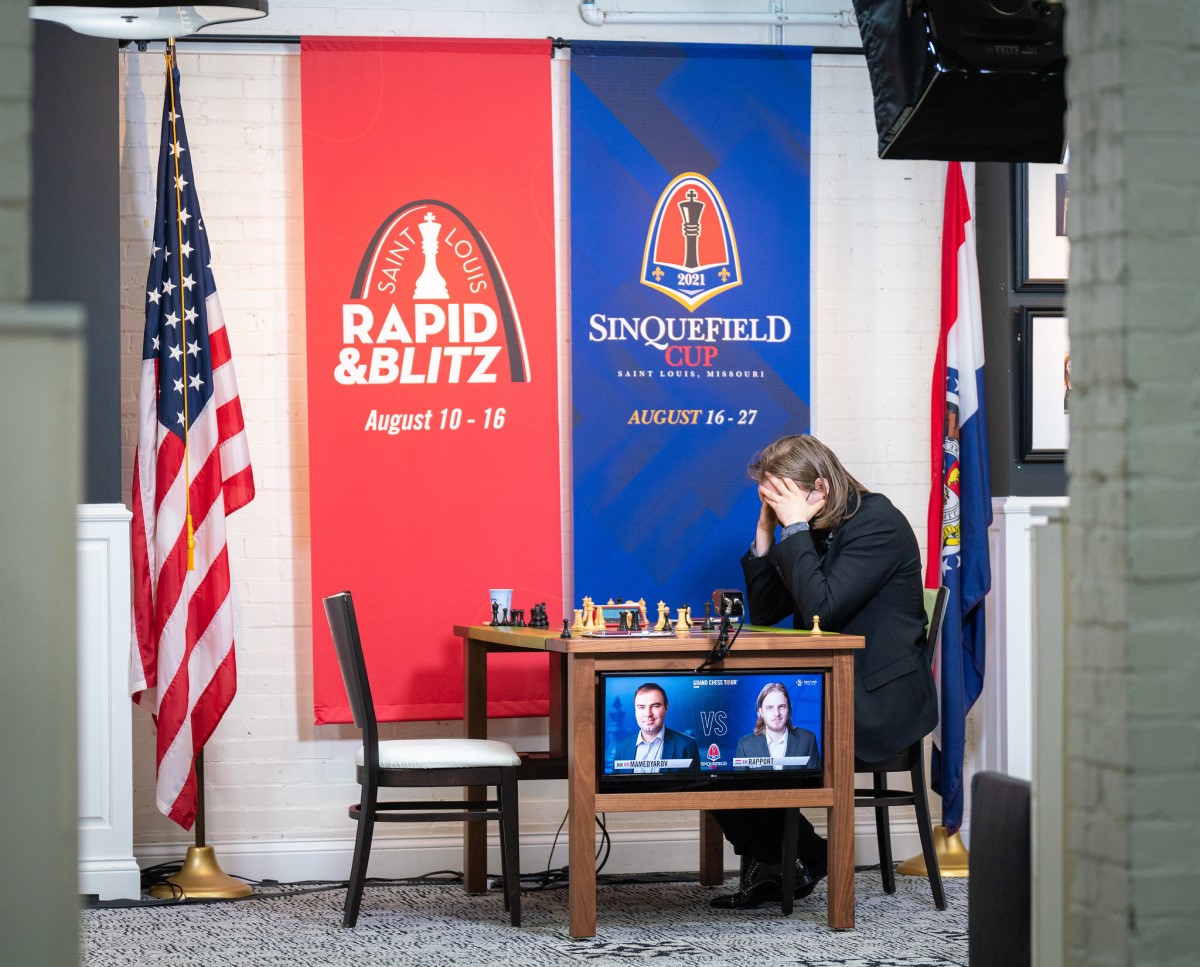
Richard Rapport | Photo: Lennart Ootes
While tactics and deep calculations were the highlights in the aforementioned games, So vs Peter Svidler was more of a strategic battle — in which White achieved an incredibly large advantage in a materially balanced position.
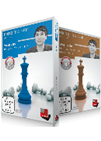 Wesley So published two new opening DVDs: 1.b3, the so called Nimzo-Larsen-Attack, for White and his black secrets in the modern Italian. Get them in a package and save money!
Wesley So published two new opening DVDs: 1.b3, the so called Nimzo-Larsen-Attack, for White and his black secrets in the modern Italian. Get them in a package and save money!
In the post-game interview, Yasser Seirawan and Alejandro Ramirez shared with So how amazed they were by the fact that the computer gives a +5 evaluation in this position with equal material. White is simply dominating on all fronts. Moreover, Black cannot defend the d6-pawn with 28...Be5 due to 29.Rxd6 Bxd6 and either of the knights will jump to f6, later grabbing the queen. Svidler resigned.
So, who failed to convert his clear advantage in round 1 (he could be on 3/3 now), will face Caruana with the black pieces in the most anticipated game of Friday’s fourth round.
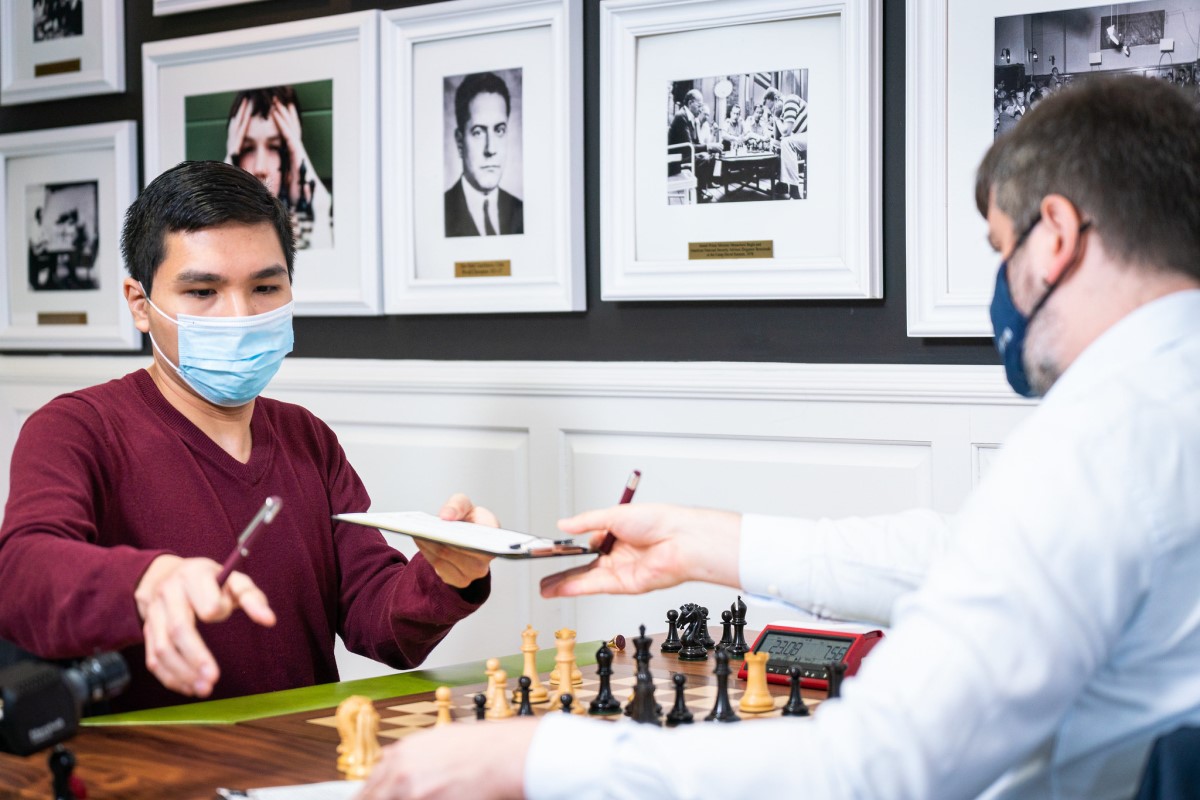
Game over — Wesley So vs Peter Svidler | Photo: Lennart Ootes
Standings after round 3
All games
Links
